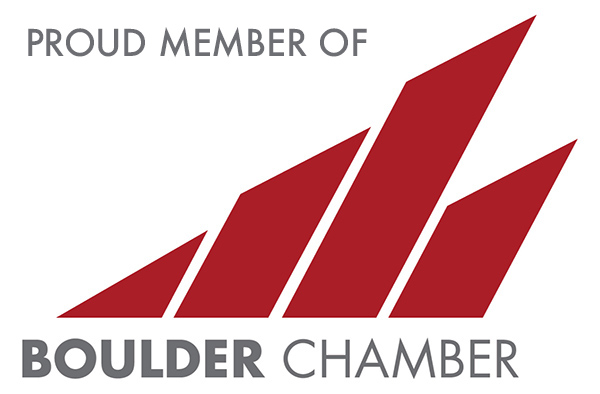Dupuytren’s contracture, or Dupuytren’s disease, is a common, benign condition of the palm where connective tissue grows, causing nodules and rope-like cords to form below the skin. Over time, the connective tissue tightens and thickens, leading to a contracture of the finger joints, or an inability to open the hand completely.
When identifying Dupuytren’s contracture, hand specialist at BoulderCentre for Orthopedics & Spine Dr. Kathleen Kollitz diagnoses it based on visual inspection alone because of its unique appearance. She then creates a treatment plan based on the patient’s range of motion. If the finger joint lacks full motion, then she pursues options to restore it fully. If the nodules and cords do not restrict motion, observation is usually recommended.
Many patients with Dupuytren’s contracture are candidates for needle aponeurotomy (NA), or Dupuytren's aponeurotomy. Through local anesthesia, this incisionless, minimally invasive, in-clinic procedure restores mobility to the finger joints by breaking up the cords under the skin with minimal recovery time afterwards.
- How do I know if I need Dupuytren’s aponeurotomy?
Fellowship-trained orthopedic surgeon Dr. Kathleen Kollitz will meet with you for an evaluation and discussion of the treatment options that will best accomplish your goals. If Dupuytren's aponeurotomy is right for you, she will schedule you for an appointment at a later date.
- What do I need prior to the appointment?
You will not need to fast or do anything special prior to the procedure. Patients on blood thinners may need to stop these temporarily, but Dr. Kollitz will determine if that is the case for you.
- What should I expect during the procedure?
In the beginning of the procedure, Dr. Kollitz will cleanse your hand with special soap and create a sterile field. She will inject a small amount of lidocaine (numbing medicine) into your palm and use a small needle to cut the cord under your skin.
Dr. Kollitz will avoid numbing the entire finger so that you can notify her of any tingling sensations. This helps her safely perform the procedure. Working from the fingertip to the palm, she will break the cord by manipulating the connective tissue tethered to the skin. Most patients do not consider this procedure painful.
Good candidates for the procedure should not be afraid of needles or receiving several shots with small amounts of numbing medicine. Patients also need to be able and willing to participate with feedback about any sensations they experience in order to protect the nerves to the fingers.
- What should I expect for recovery post-procedure?
On the same day as the procedure, patients usually can return to all light activities. Heavy gripping activities, including golf or heavy labor, should be eased into after a week of recovery. You will want to avoid soaking your hands in water, including swimming pools and hot tubs, for about 1 – 2 weeks, or until the needle portals are completely healed.
To consult with Dr. Kollitz about your condition and the available treatment options, please schedule an appointment online or call 303.449.2730.
Learn More





